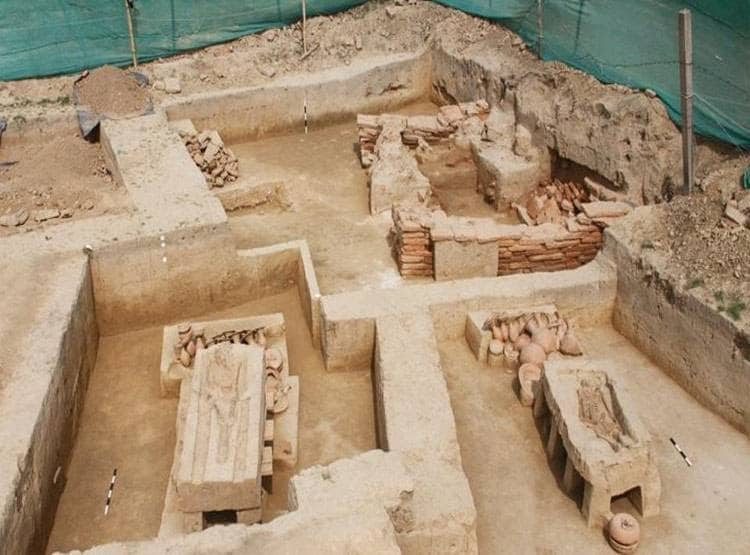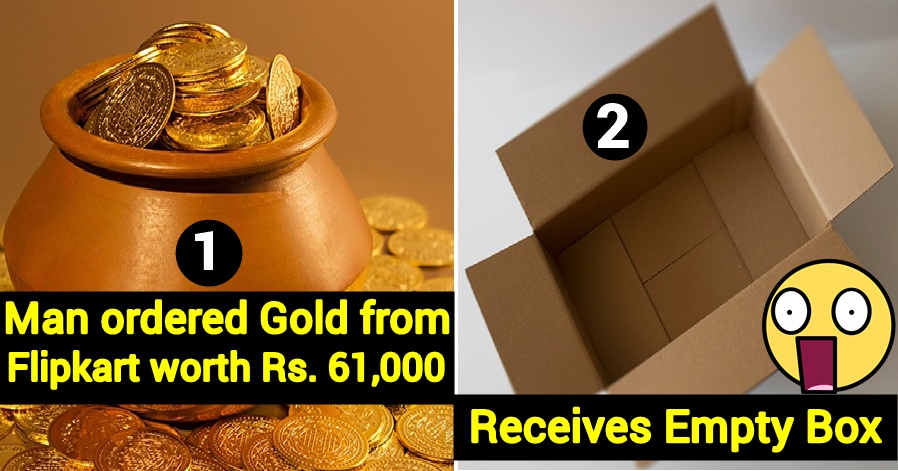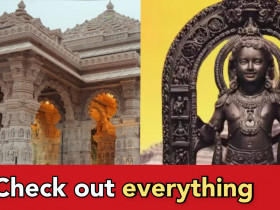No products in the cart.
A brief history of Ram Mandir in Ayodhya: The Birthplace of Lord Ram
The dispute, and a hint of what to expect from the SC verdict
Archeologist Dr Karingamannu Kuzhiyil Muhammed, who was the former regional director for Northern region of the Archaeological Survey of India (ASI), clearly asserts that there was a temple under the ‘so called’ Babri mosque. His assertion is based on the excavation done in the year 1976 to 1977 under the supervision of Dr Braj Basi Lal – the famed archeologist who headed the ASI as the body’s director general from 1968 to 1972.

He points towards the fact, that he himself was the only muslim member of the excavating team, and another muslim historian Saiyid Nurul Hassan was a central cabinet minister (MoS independent charge of education, culture and welfare) from 1971-77. This indeed adds the weight of both credibility and neutrality to his assertion. He says, “We saw 12 pillars of the mosque, which were clearly made from the remnants of an ancient temple.”
Symbols such as the ‘Ashta Mangal Chinha’, terracotta figurines under pillar bases and illustrations of humans and animals which are all considered as ‘haram’ to be present inside a mosque as per islam, were found by the team, hidden under the Babri Mosque. All archeologists concluded that they were remnants of a temple. However, these facts were not publicized much, as the team’s objective was to just observe the civilizational perpetuity of the region.
Taking advantage, ‘leftist’ historians like Romila Thapar, Dwijendra Narayan Jha and Ram Sharan Sharma came out in the media in the 90s, and disputed the fact that there was a temple beneath. Following this B B Lal countered that there was enough evidence of a temple. Muhammed says, “I wrote a letter to the editor of a national newspaper and stated that I was the only muslim member of the team and there were remnants of a temple.”
What Dr Karingamannu Kuzhiyil Muhammed wanted from the Muslim community?
He adds, “I had also appealed to the muslims to voluntarily give up the place for Hindus, as it was as significant to them as Mecca and Medina are to us.” He also points to the findings of the 2003 ASI excavation conducted at the behest of the Lucknow bench of the Allahabad High Court, which was done using the Ground Penetration Radar (GPR) survey. The GPR divulged presence of ‘anomalies’ or structure beneath the Babri site, dating back to the 12th century.
The 2003 team had many muslim members like Ghulam Syeddin Khwaja – retd director Arabic and Persian epigraphy ASI Nagpur, Zulfikar Ali – superintending archeologist ASI Chandigarh, A A Hashmi – retd conservation assistant ASI Chanderi. They all concluded that there was a ‘Vishnu temple’ beneath the Babri structure. However, there’s a dispute as to whether it was demolished by mughal emperor Babur’s general Mir Baqi in 1528 or by Aurangzeb in the 17th century.
Several historical references point that demolition of the temple and building of the mosque was also resisted for a period of around 15 days, following which many Hindus were massacred, looted and women were raped. Also, more than 76 attempts were said to have been made to pull down the mosque, before it was finally achieved by Hindu activists in 1992, an event preceded and followed by violence and bloodshed.
In the light of all the evidence provided, the impartial and scientifically conducted ASI surveys, and the verdict of the Lucknow bench of Allahabad High Court in 2010, it can be understood why Hindus are anticipating a decision in their ‘favour’, from the Supreme Court of India, which is expected to deliver its verdict on the case around 17th of November. What do you think about the issue? Do let us know in the comments below.











